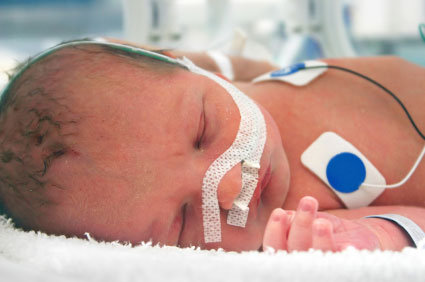
Everyone worries about whether they will know they are in labour. If this is your first baby, it’s easy to think ‘this is it,’ only to find you are just getting ready for the birth. Here’s some tips to help you recognise early labour signs.
Early Signs of Labour
In the week or so before labour you may notice:
An increase in vaginal discharge.
The appearance of the ‘show’, the jelly like plug of mucus that seals the cervix during pregnancy.
A need to get things finished and ready – the so-called ‘nesting instinct’.
Feeling quite emotional; crying for no real reason as your hormones get to you.
A sense that you don’t want to be far from home.
A mild dose of diarrhoea. This is Nature’s way of clearing out your lower bowel before labour begins.
Braxton Hicks contractions that feel like tightening or period pains. Find out more about Braxton Hicks.
Signs of Labour
The ‘show’ (if it has not come away earlier).
The waters breaking, either in a gush or a gradual trickle.
Low back pain as the baby settles well down, which may turn into…
Regular contractions that could feel like period pains or tightening pains across your bump. Find out more about contractions.
Labour Signs: Have my waters broken?
Your unborn baby floats in amniotic fluid, a straw-coloured liquid, mainly consisting of water. Labour begins, for some women, with the waters breaking.
If the waters go with a gush, contact your midwife or hospital. You may be asked to go into hospital so that they can check that the baby is well. It will help your midwife if you can remember when the waters broke, roughly how much fluid there was (an egg cup full, a coffee cup full?) and what colour it was. Amniotic fluid is usually pale. If it is green or has black bits in it, this may show that the baby is, or has been, in distress.
If the waters trickle out, it can be hard to decide if they have gone. Put a sanitary pad on and, if it is wet after an hour, it’s probably the waters leaking. Smell the pad; urine smells, amniotic fluid doesn’t. If you are still not sure, contact your midwife or the hospital. Your midwife can do a vaginal examination and test the fluid.
Source: bounty










